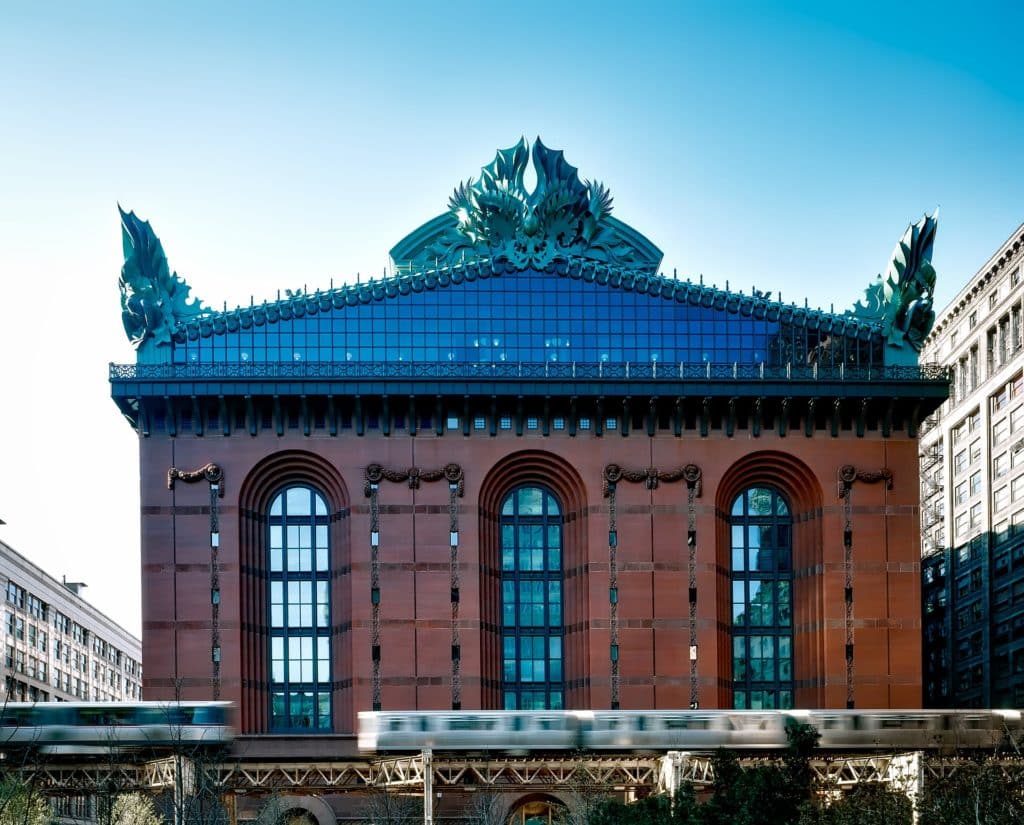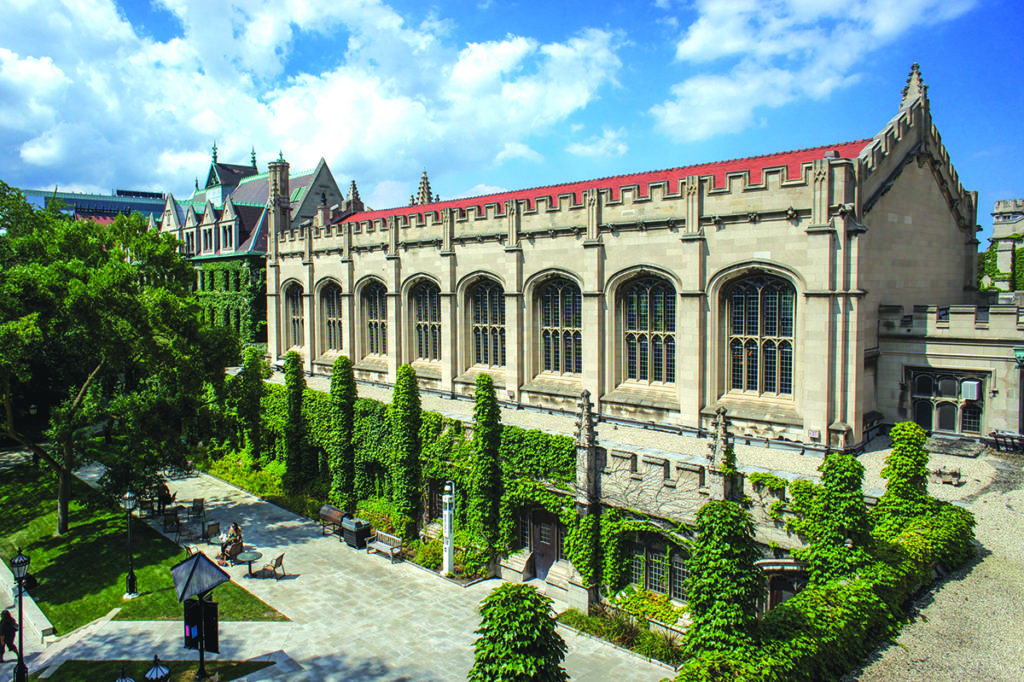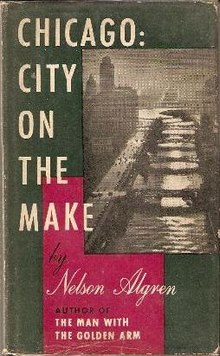
Chicago, Carl Sandburg’s “city of big shoulders,” is not necessarily thought of as a literary city. As home to the famous Poetry magazine and countless successful authors, the Windy City has carved out a place as a literary capital that takes a back seat to no one, including our own New York City.
As Chicago took off as America’s leading manufacturing city in the early 20th century, it attracted many an ambitious youngster from the rural Midwest and the American South. Chicago wanted to be known as a cultural capital in addition to an industrial hub. In time, so many aspiring writers flocked to the city that the joke was that one couldn’t take two steps in either direction without bumping into a budding poet.
Sandburg was a native of Galesburg who worked as a newspaperman before gaining fame as a biographer of Abraham Lincoln while competing with Robert Frost for the title of the “good gray poet” originally held by Long Island’s Walt Whitman.
Another Midwesterner who made a beeline for the big city was Ernest Hemingway. A native of suburban Oak Park, Hemingway was too restless for Chicago or the U.S. itself, but as a young man, did much journalistic work in the big city while polishing his fiction skills.
Chicago as a venue for fiction hit high gear with the sprawling novels of Theodore Dreiser, an Indiana native who also worked in the rough and tumble world of Chicago journalism. The city was a backdrop for such classics as Sister Carrie (1900) and An American Tragedy (1925), works dramatizing the great American obsession of pursuing wealth at virtually all costs.
As the city grew, its native sons also contributed to literary Chicago. Ben Hecht followed the Hemingway mode of working as both a newspaperman and a novelist, before writing screenplays in Hollywood. Nelson Algren continued the naturalist tradition of both Dreiser and Hemingway in such popular novels as The Man With The Golden Arm (1949). His nonfiction book, Chicago: A City On The Make (1951) became synonymous with the city’s image as a haven for hustlers and swindlers of all types.
“We were mad for literature,” wrote the novelist Saul Bellow of his West Side pals as they read and discussed Nietzsche and Spengler during the Depression-era 1930s. Bellow’s friends included Isaac Rosenfeld and Oscar Tarnov, both highly regarded novelists. It was Bellow, however, in such wide-ranging novels as The Adventures of Augie March (1953), Herzog (1964), Humboldt’s Gift (1975), The Dean’s December (1982) and Ravelstein (1999) who made the city come alive for millions of readers around the world. Bellow’s friend, Phillip Roth, was not a native of Chicago, but he used the city as the backdrop for his 1962 novel, Letting Go. Bette Howland, another writer in the Bellow orbit, captured the bleak side of the city in Blue In Chicago (1978).
Journalists competed with novelists to best capture the city’s frenetic pace. Studs Terkel was a broadcast journalist who, like Bellow, immortalized the city in such thick classics as Division Street (1967) and Working (1974), in which average Chicagoans talked into the tape recorder to tell the joys and anguish of everyday life in the imperial city. Mike Royko, the longtime newspaper columnist, also captured the city’s color in thousands of columns, some collected in such volumes as Sez Who? Sez Me (1983) and Like I Was Sayin’ (1985). Royko’s 1971 biography of longtime mayor Richard Daly, Boss, became another instant classic.
Central to the city’s intellectual life is the University of Chicago. The South Side-based institution has boasted numerous intellectuals vital to the growth of conservative thought in the United States. Its faculty has included such Nobel Prize Laureates as Milton Friedman and Frederick von Hayek, both of whom championed free market economics in a Keynesian age, and in the process changed the world’s mind about how next to achieve prosperity.

Other University of Chicago professors who fought a rearguard action for the traditional West were Leo Strauss, Edwards Shils, Richard Weaver and Allan Bloom. Weaver’s Ideas Have Consequences (1948) became a defining text in the bid to attract traditionalists and libertarians under the same conservative banner. Bloom’s 1987 best seller The Closing Of The American Mind put the author at ground central of the coming culture wars of the 1990s and beyond. The university, under the legendary leadership of Robert Hutchins, became famous for championing the “Great Books” pro-Western curriculum, which became the source of both its fame and controversy. Also central to American conservatism was the Chicago-based Regnery Gateway publishing house, which introduced the public to such prolific authors as Russell Kirk and William F. Buckley, Jr. before making the move to the more prosperous pastures of Washington, DC.
Recent decades have seen the rise of such bestselling authors as Scott Turow, plus James Atlas, Bellow’s first major biographer. A most prolific author has been the essayist, Joseph Epstein. A literary and cultural critic, Epstein has been a keen, if somber, observer of American life for decades, culminating in his longtime editorship of The American Scholar. His many thought-provoking books include Essays In Biography (2012) and A Literary Education (2014).
Life in Chicago, Bellow once maintained, is an ongoing high wire act. Will the city make it or eventually collapse? Plenty of writers will be chronicling the city’s trajectory as the years unwind.




















